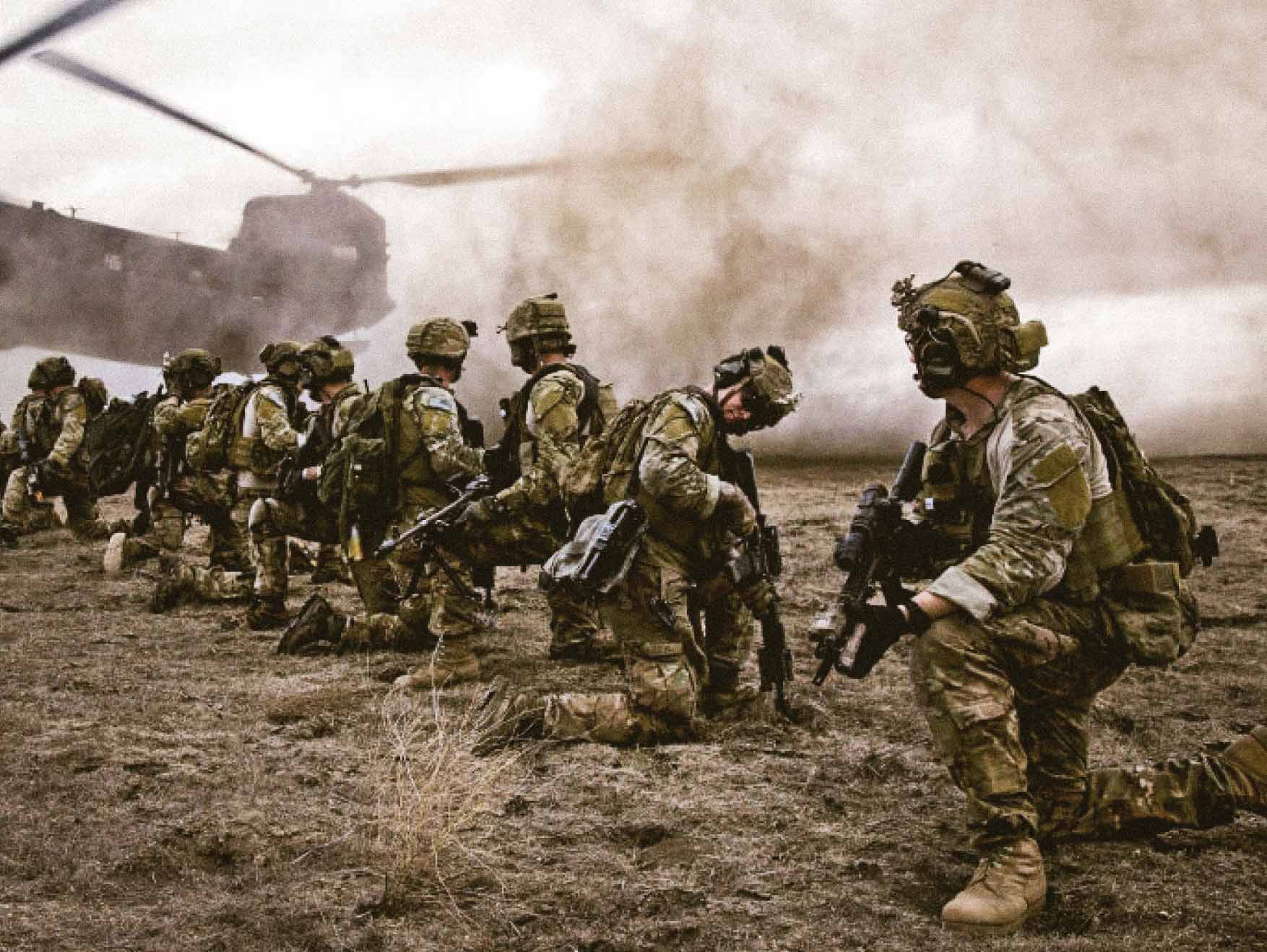The U.S. Army Rangers represent one of the most elite, celebrated forces within the U.S. military. With roots tracing back to colonial America, the Rangers are part of the U.S. Army’s 75th Ranger Regiment, a light infantry unit trained for rapid, precise, and highly effective deployments worldwide. Their ability to conduct operations in challenging environments, adapt to unpredictable combat conditions, and execute missions requiring high degrees of stealth and precision has made them an invaluable asset in the U.S. Army’s Special Operations structure.
History and Origins
The Army Rangers’ history dates back to the French and Indian War when British Captain Robert Rogers formed a group of specially trained soldiers known as “Rogers’ Rangers.” These men pioneered unconventional warfare tactics, emphasizing surprise, speed, and flexibility. Rogers’ 19 “Standing Orders” still influence Ranger training today, offering insights into guerrilla warfare, survival, and operational security.
The Rangers were formalized as a U.S. military unit during World War II, and their courage and expertise became legendary during missions such as scaling the cliffs of Pointe du Hoc during the D-Day invasion. Since then, Rangers have played crucial roles in Korea, Vietnam, and in various special operations worldwide, including Afghanistan, Iraq, and numerous high-risk anti-terrorism missions.
Ranger Creed and Warrior Ethos
The Ranger Creed underscores the values and expectations placed on every soldier in the regiment. This short but powerful set of principles emphasizes honor, courage, and self-sacrifice, encapsulating the relentless drive Rangers are known for. The Creed is more than just words; it’s a commitment to mental and physical toughness, adherence to the highest standards, and the willingness to fight for the mission until the end.
The Rangers operate by the motto: “Rangers lead the way,” a statement originating from the Normandy invasion and reflecting the legacy of Rangers as the Army’s vanguard. This saying reinforces the notion that wherever they go, Rangers are at the forefront, leading the charge.
Training and Selection
Becoming a U.S. Army Ranger is no small feat, and the rigorous selection and training process reflects the high standards Rangers are held to. Potential candidates start with the Ranger Assessment and Selection Program (RASP), split into two phases.
The first phase tests physical stamina and mental resilience through physically exhausting tasks and is designed to weed out those who may not meet the mental or physical demands of the role. The second phase sharpens the skills required to become a Ranger, focusing on advanced combat tactics, land navigation, marksmanship, and small unit operations. The Rangers’ primary mission is to engage in close combat and direct-fire battles.
Once selected, Rangers must complete the Army Ranger School, one of the military’s most grueling training courses. This 61-day course challenges candidates across three phases: the Benning Phase, Mountain Phase, and Florida Phase. Each stage is purposefully designed to test trainees in various combat environments, pushing them through sleep deprivation, severe weather conditions, and combat scenarios that demand quick decision-making and endurance.
Missions and Capabilities
The 75th Ranger Regiment is structured to deploy rapidly and can execute a wide array of operations, including direct action raids, special reconnaissance, and counter-terrorism. Often working alongside other Special Operations Forces like Navy SEALs, and the Green Berets, Rangers conduct missions that can range from high-profile hostage rescues to surgical strikes on enemy strongholds.
In recent conflicts, Rangers have been involved in numerous clandestine and overt operations, operating under the shadow of secrecy due to the sensitive nature of their missions. Their success in combat is attributed not only to their advanced training but also to their ability to coordinate with other branches and leverage state-of-the-art technology in some of the world’s most hostile environments.
Rangers in the Modern Age
Today, Army Rangers continue to adapt and evolve, with their missions often taking place in cyberwarfare environments and complex urban battlefields. They train to meet new forms of warfare and serve as a testament to how U.S. Special Operations Forces have modernized to face emerging global threats.
Legacy and Brotherhood
The camaraderie among Rangers is unmatched, and their shared experiences create bonds that last a lifetime. The “Ranger Brotherhood” encompasses all past and present members of the regiment, fostering a sense of unity and belonging.
The Army Rangers are not only a cornerstone of American Special Operations but also a powerful symbol of commitment, courage, and excellence. Their legacy is one of valor and determination, ensuring that when called upon, they are ready to lead the way into any conflict, any situation, and any environment.
Source:
U.S. Army – 75th Ranger Regiment
www.goarmy.com/ranger
“Rangers Lead the Way” – Smithsonian Magazine
smithsonianmag.com
Special Troops Battalion, 75th Ranger Regiment https://www.globalsecurity.org/military/agency/army/75rr-stb.htm


